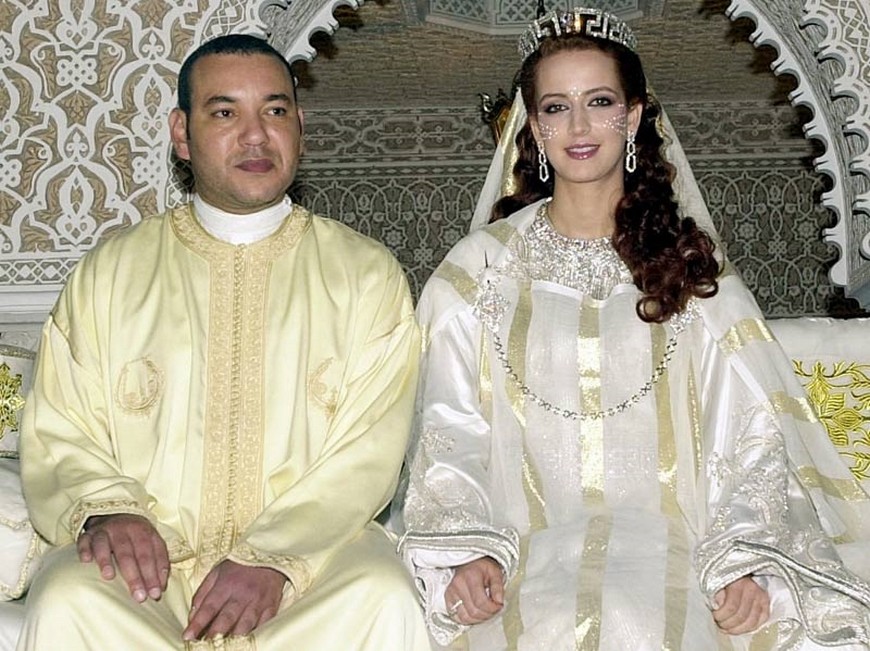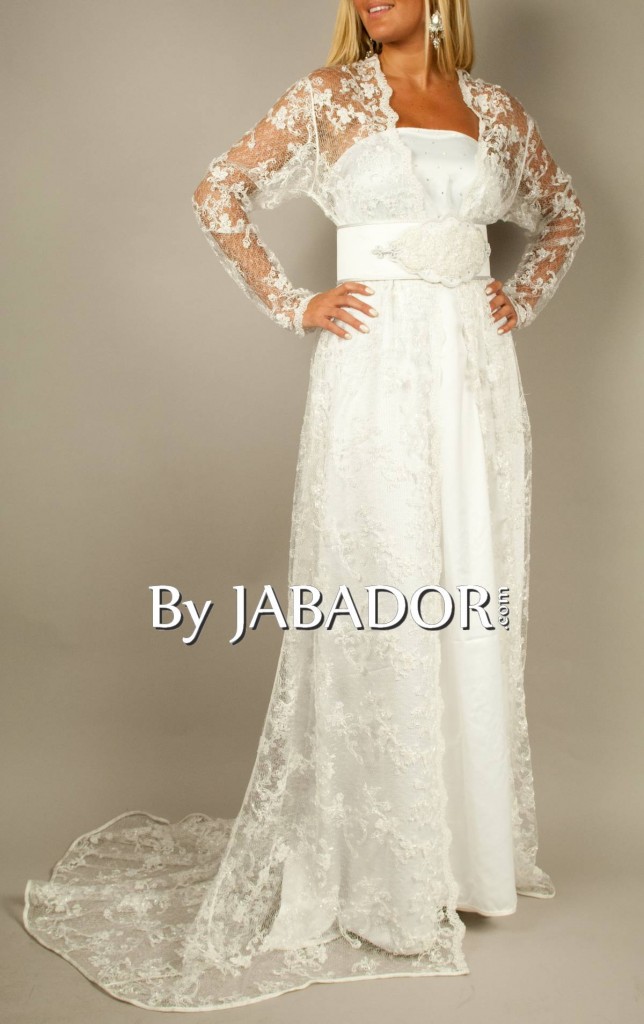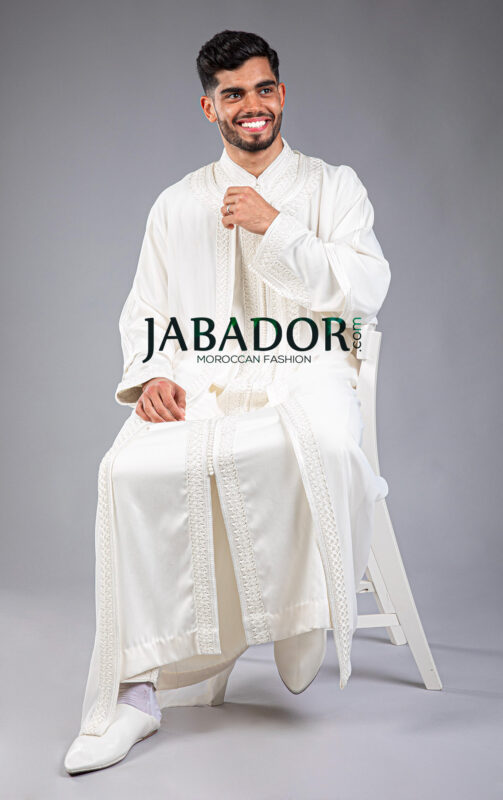The Moroccan wedding is the richest traditional event in Morocco, marriage is closely linked to ancestral traditions and customs.
It is also considered to be one of the most important and sacred decisions.
The Moroccan wedding is celebrated for days, it is a joyful celebration and a good occasion for a social gathering.
Moroccan Wedding: Tradition
Marriage practices evolve around the beauty of the bride, the unity of families, of both spouses and life in the community.
Despite the Western lifestyle that is gaining ground in our society, young Moroccans have a strong nostalgia and high esteem for the ancestral traditions and customs that have profoundly marked the life of our country.
explains the historian and member of the Academy of the Kingdom of Morocco, Professor Abdelhadi Tazi.
The younger generation loves and clings to true Moroccan traditions, and we feel a desire to revive Morocco's ancestral traditions, which reflect our multi-faceted history and cultural heritage.
he says.
Although Moroccan wedding ceremonies vary from region to region, they all share many common features.
Moroccan wedding: The engagement
The process of Moroccan marriage begins with the engagement (promise of commitment), called in Arabic Khetba.
At this stage, the groom's family asks for the bride's hand.
Once the bride and her parents agree, the united families begin discussions about the wedding ceremony.
These discussions revolve around the bride's dowry and the date and cost of the ceremony.
During the Khetba period, the groom offers gifts, including jewellery and clothing, to the bride.
Moroccan wedding: Marriage Certificate
After the engagement, there is a private ceremony, in the presence of the closest relatives and friends, to seal the marriage certificate.
An Adoul, a religious man certified by the government, draws up the certificate and both spouses sign the necessary documents.
According to the Islamic religion, two witnesses must accompany the Adul, who also certifies that the spouses and families have agreed.
Even if a legal marriage has taken place, the spouses cannot live together until other matrimonial arrangements have been made.
After this ceremony, it's time for the big night, this ceremony is one of the most prestigious rituals of Morocco, as it involves the best food, traditional costumes, music, and much more.
Moroccan Wedding: Hanna Ritual
A traditional Moroccan wedding begins with the Hammam Day ceremony, where the bride goes to the traditional public bath with the largest woman in her family.
This milk bath ceremony is to purify the bride and the whole ceremony is accompanied by singing and youyous.
After the hammam, the bride wears a traditional dress, the Moroccan TakchitaIt is usually green in colour and has hands and feet painted with fascinating henna patterns.
It is the henna ritual supervised by the "Nekacha", a talented woman whom the bride's family calls to decorate their daughter with henna.
Other family members have a finger or hand decorated with henna.
This ceremony is only attended by women who are close to the bride in some way.
Everyone happily sings for the bride while dancing. This ritual symbolizes prosperity.
Moroccan Wedding: Ritual of the Hdia
On the third day, the groom's family sends the "Hdia" (gifts or presents) to the bride, a number of gifts, such as fabrics for traditional clothing, jewelry, sugar, dates, milk and henna.
On the way from the groom's house to the bride's house, people sing wedding songs and make festive youyous.
This is a very special stage of the ceremony since the objective goes beyond giving gifts, but informing others that a couple is about to tie the knots.
In the afternoon, the bride goes to the hairdresser with a few women close by to get ready for the evening.
This party usually starts at about 9 a.m. in a big house, the guests arrive and the band sings wedding songs and dances to them.
The waiters go around the square offering pretty Moroccan biscuits and fresh fruit juice, mint tea and coffee.
The groom and his wife occupy two masterly chairs with a beautiful decoration around them, and both families as well as the bride and groom receive the guests.
As for the bride, she is treated like a princess in one of the rooms of the house. Four women, called Negafate (Negafa), have the task of helping the bride wear her traditional costume and heavy jewellery.
Then, the big moment comes when both spouses arrive together, with the Negafa.
They sit on the chairs while the guests dance in rhythm.
The negafa and her assistants help the bride to change her dresses several times during the night, each dress is accompanied by jewellery and ornaments.
She also wears a traditional outfit specific to the family's origins: Fez, Tangier, Oujda, Berber, etc...
The husband also has the right to his traditional outfits including the essential Jabador whose tunic stops at the knees as well as the Caftan which has a much longer tunic.
Dinner is served and the ceremony lasts all night!




2 Replies to “Mariage Marocain”
Guenaoui
Hello, how much is the jabador men's outfit and do you have any other models?
Rachida
Hello, indeed the jabador is the perfect man's outfit for a Moroccan wedding, you will find all our models here https://www.jabador.com/boutique/jabador-homme/